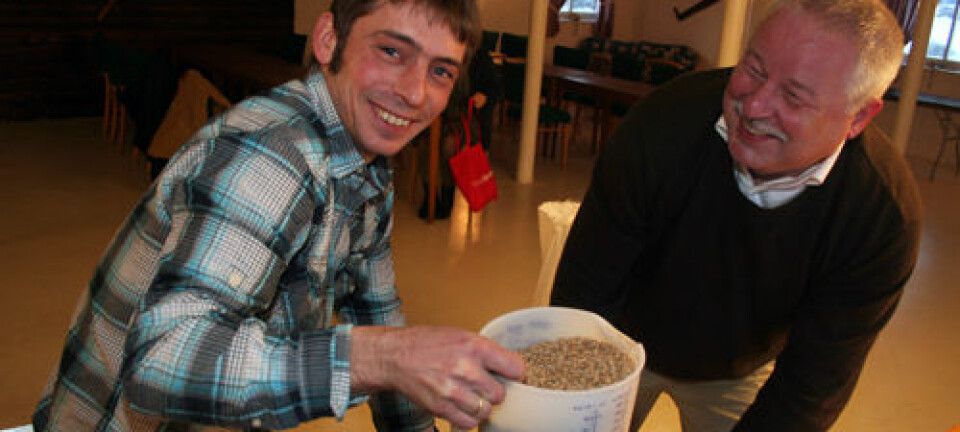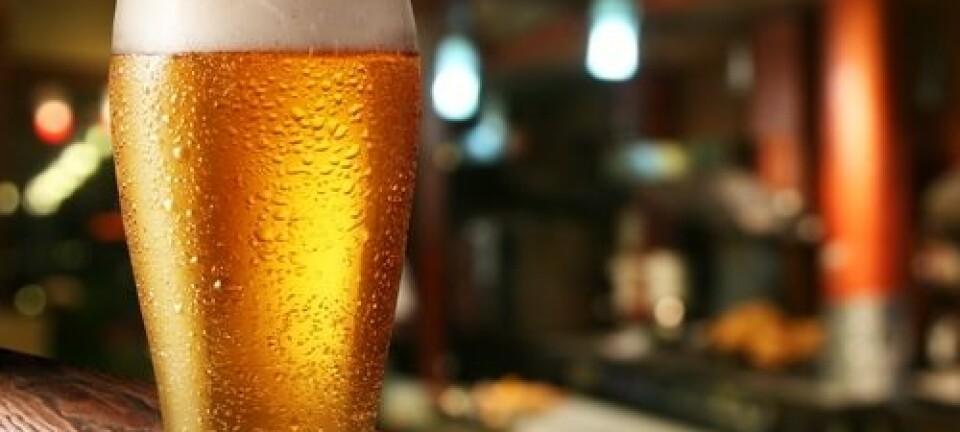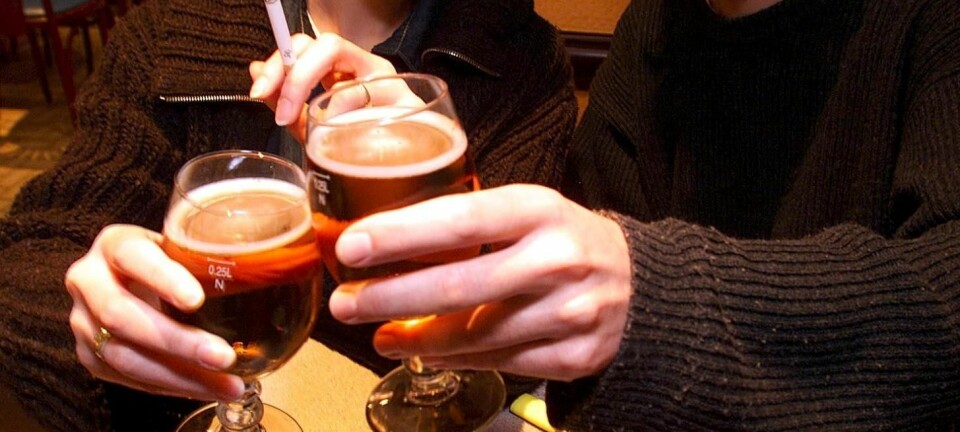This article was produced and financed by University of Bergen
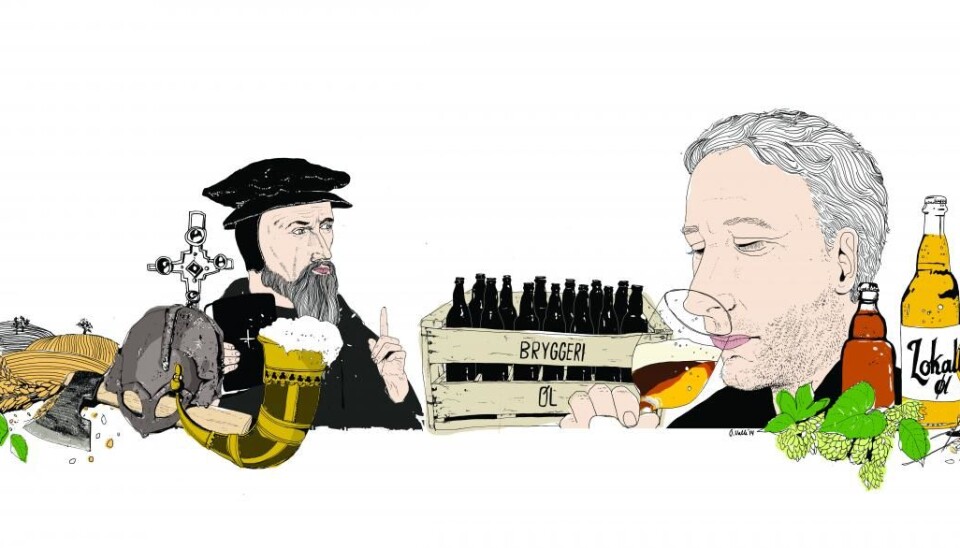
Beer brewing – from tradition to trend
There is a renewed interest in micro-brewing in Norway. Tradition and history are important ingredients. While taste is more important than ever.
Denne artikkelen er over ti år gammel og kan inneholde utdatert informasjon.
“Beer is the world’s oldest drink. Signs of beer production have been found that are much older than the signs of wine production,” says ethnologist Wigdis Espeland at the University of Bergen’s Department of Archaeology, History, Cultural Studies and Religion. She has studied beer brewing and culinary traditions in Norway by interviewing people and by mapping various historical sources.
According to Espeland, in the beginning, beer was mainly brewed for festive occasions, such as winter solstice and funerals.
Both the brewing and the drinking was a social procedure. Neighbours would often join in the brewing process, whereas today you will often find that groups of friends or beer aficionados brew beer together. In this way, she sees many parallels with ancient traditions and modern trends.
“What is new, is that flavour is important," Espeland says.
"Beer is to be enjoyed and discussed. This is definitely not about binge drinking.”
Many people who have had food and drink experiences in other countries, now show an interest in beer brewing and local foods.
Espeland points out that this is about acquiring knowledge about local customs and developing these further, rather than just about preserving traditions.
Beer festivals
In Bergen, Bondens Marked [the Farmer’s Market] and the Bergen ølfestival [Bergen Beer Festival] are symptomatic of this new trend, with a focus on building communal arenas.

People get together to trade, discuss recipes and, above all, to taste. This way, many teams of brewers split the costs, the labour and the joy of beer tasting.
At beer festivals you will find all type of brewers – from the maverick solo brewer to microbreweries, competing to create that special brew. Wigdis Espeland herself has for years been a judge at a competition for the best home-brewed beer in Voss, a muncipality with rich beer-brewing traditions.
According to Espeland, the new fashion for local beer-brewing has increased the volume and turnover for small-scale producers, who on the one hand brew traditional, local types of beer, and on the other hand develop local variants of beer types from other countries, e.g. India Pale Ale (IPA) or stout.
Local beer producers such as Ægir in Flåm and Kinn in Florø are typical representatives of this emerging cottage industry, geographically located off the beaten track, but still competing for consumers’ attention.
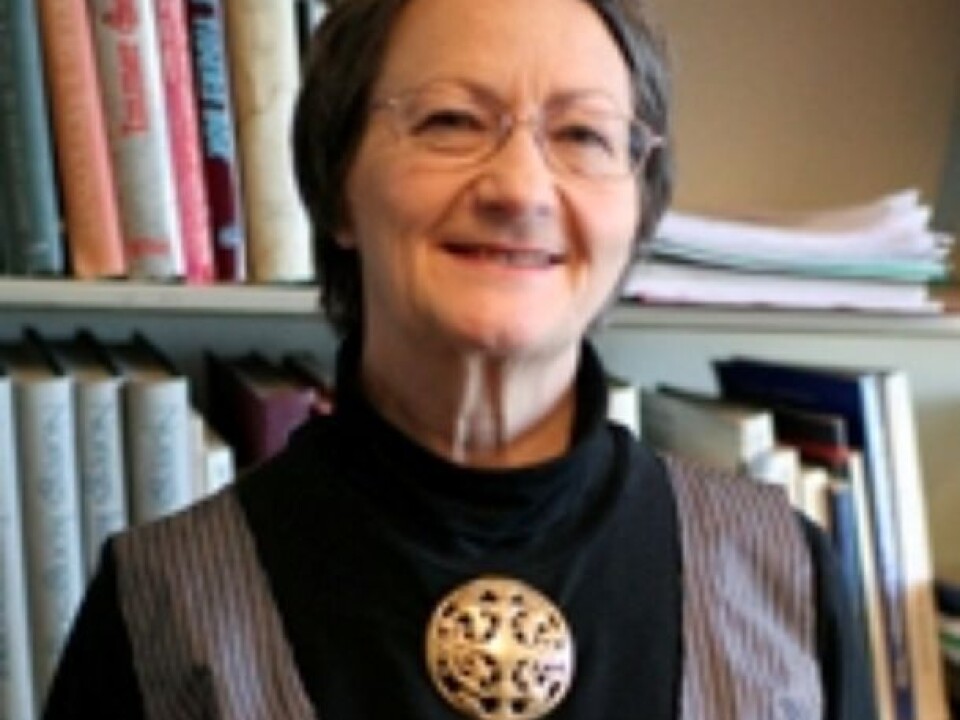
“I view this renewed interest in local food and beer brewing as a complex trend and as a reaction to the processed food industry," says Espeland.
"People demand more, they want to know what they are consuming and where it is produced,” she adds.
The drink of the Gods
Less good than they say for the sons of men
is the drinking oft of ale:
for the more they drink,
the less can they think
and keep a watch o'er their wits.
The words are from Hávamál, or the Words of Odin the High One. A collection of rules and etiquette from the Middle Ages. Several stanzas warn of the dangers of extensive drinking. Yet there is no doubt that drinking was a central part of ancient Norse society.
According to the laws of the Gulating, which were introduced during the Viking era in Norway, there were strict penalties if one did not partake in the brewing of beer and public drinking rituals. Both women and men, both adults and children, both aristocracy and commoners were supposed to toast the wellbeing of royalty, saints and the Gods.
“A toast alone was not enough, being under the influence was in itself viewed as divine,” explains Espeland.
“If one were not intoxicated, it would be looked upon as a sign of being an accomplice of the Devil.”
Whereas the Catholic Church continued the heathen traditions from the Viking era, changes came about after the Protestant Reformation. Priests became more concerned with preaching moderation, but people still continued brewing and drinking together.
The supermarket still wins
Numbers from Statistics Norway show that foodstuff accounts for about 11 perent of what the average Norwegian household spends.
Despite the increased interest in local food and brew, most Norwegians still purchase their food at a few discount chains.
But even as most people buy from supermarket discounters, Espeland is optimistic of the new trend towards local food and beer.
“Walk into the major discounters now, and you will find local food on the shelves. The supermarkets are beginning to understand that this is something that more and more people want,” says Wigdis Espeland.







